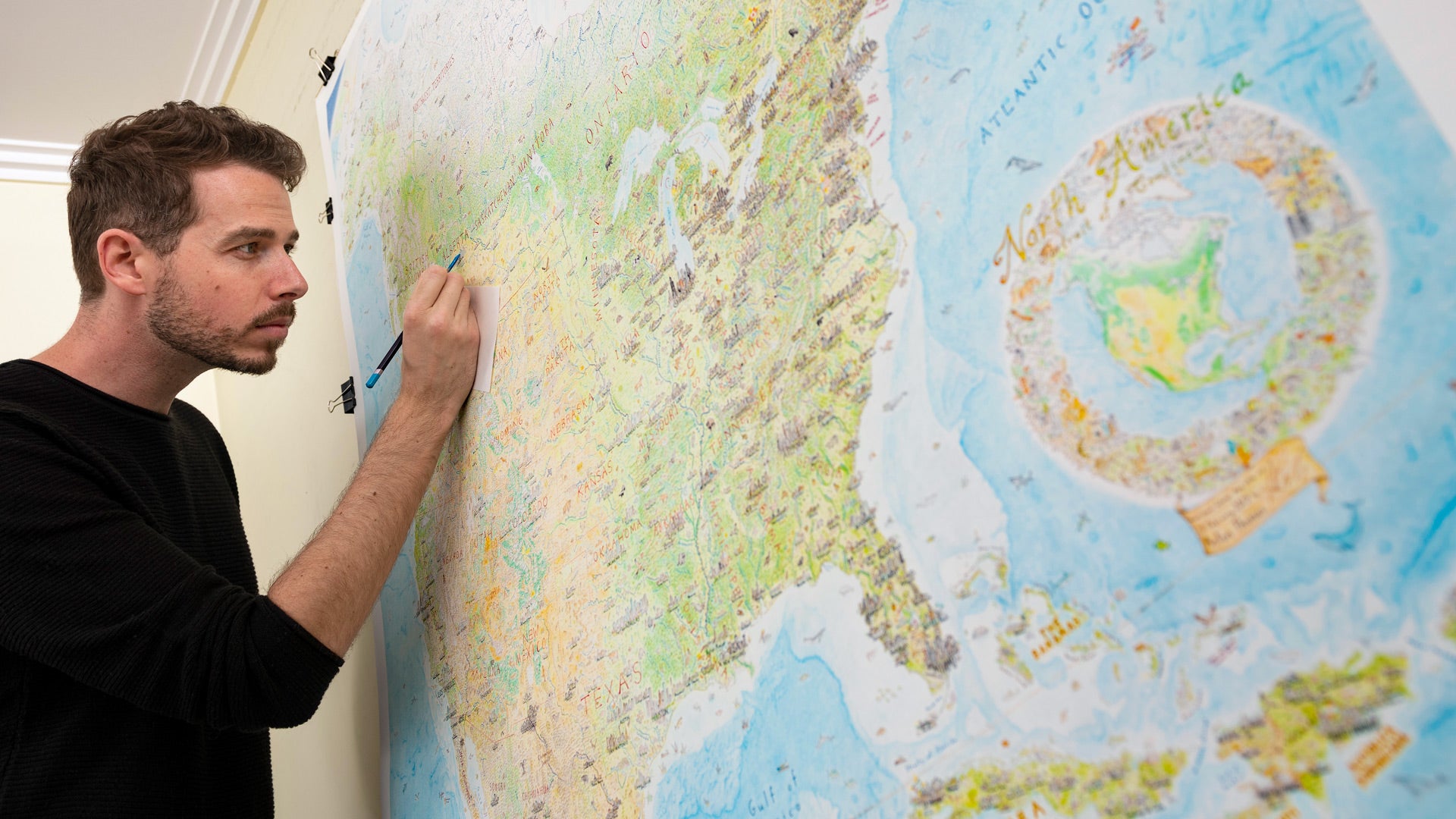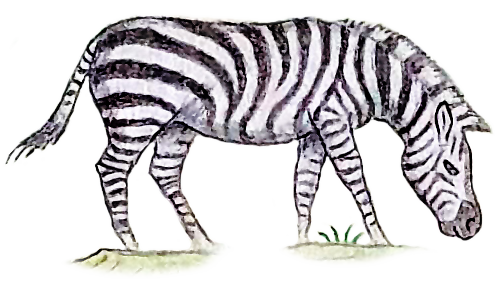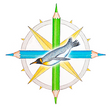
The Blog (Returning Soon)
From 2016 to 2022, I kept a blog on my website. It explored my maps in-depth, along with themes and ideas that fascinated me. It was a behind-the-scenes look at both North America: Portrait of a Continent and Wild World, as they were being drawn.
Due to a recent website rebuild, the blog is currently unavailable. But everything was archived, and we'll be posting the old blog posts here very soon. We're hoping they'll be live again by September 2025.
For now, please check out my Substack: A Cartographer's Journal, where you can read about my more recent projects. And if there's any particular blog post you're interested in reading, just email me at welcome@antonthomasart.com.
Many thanks,
- Anton



